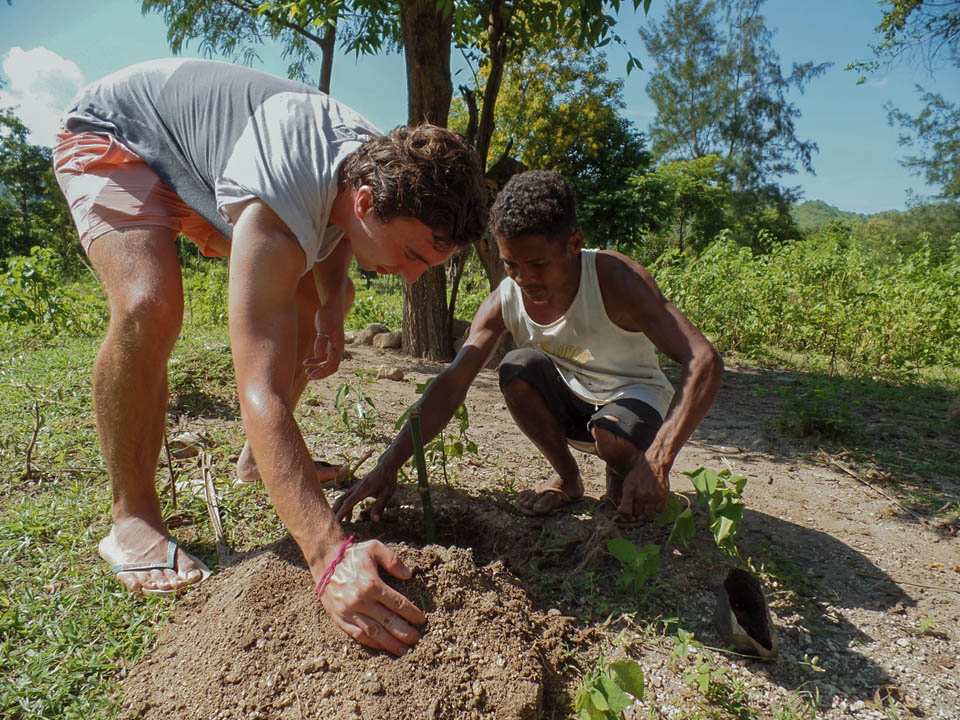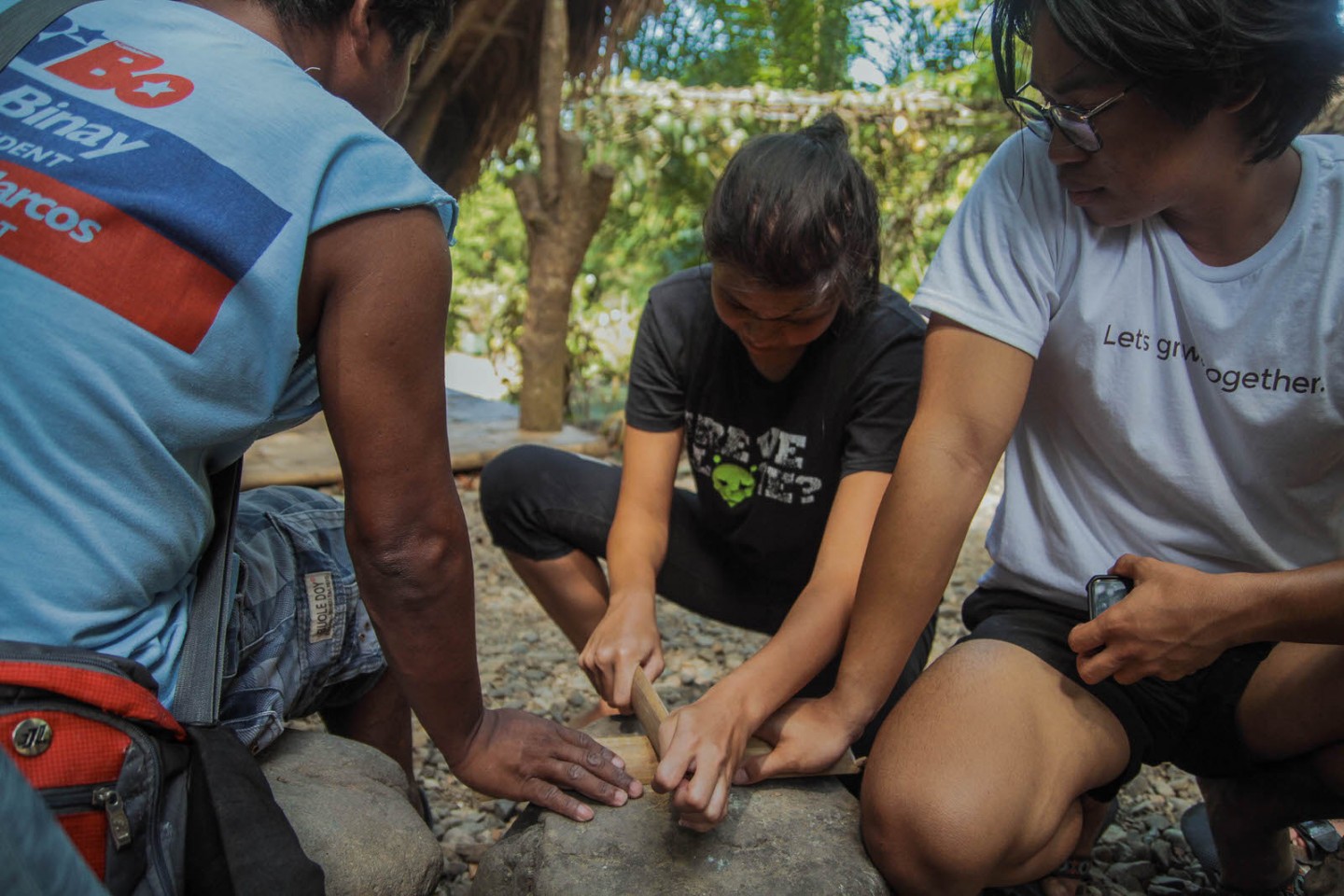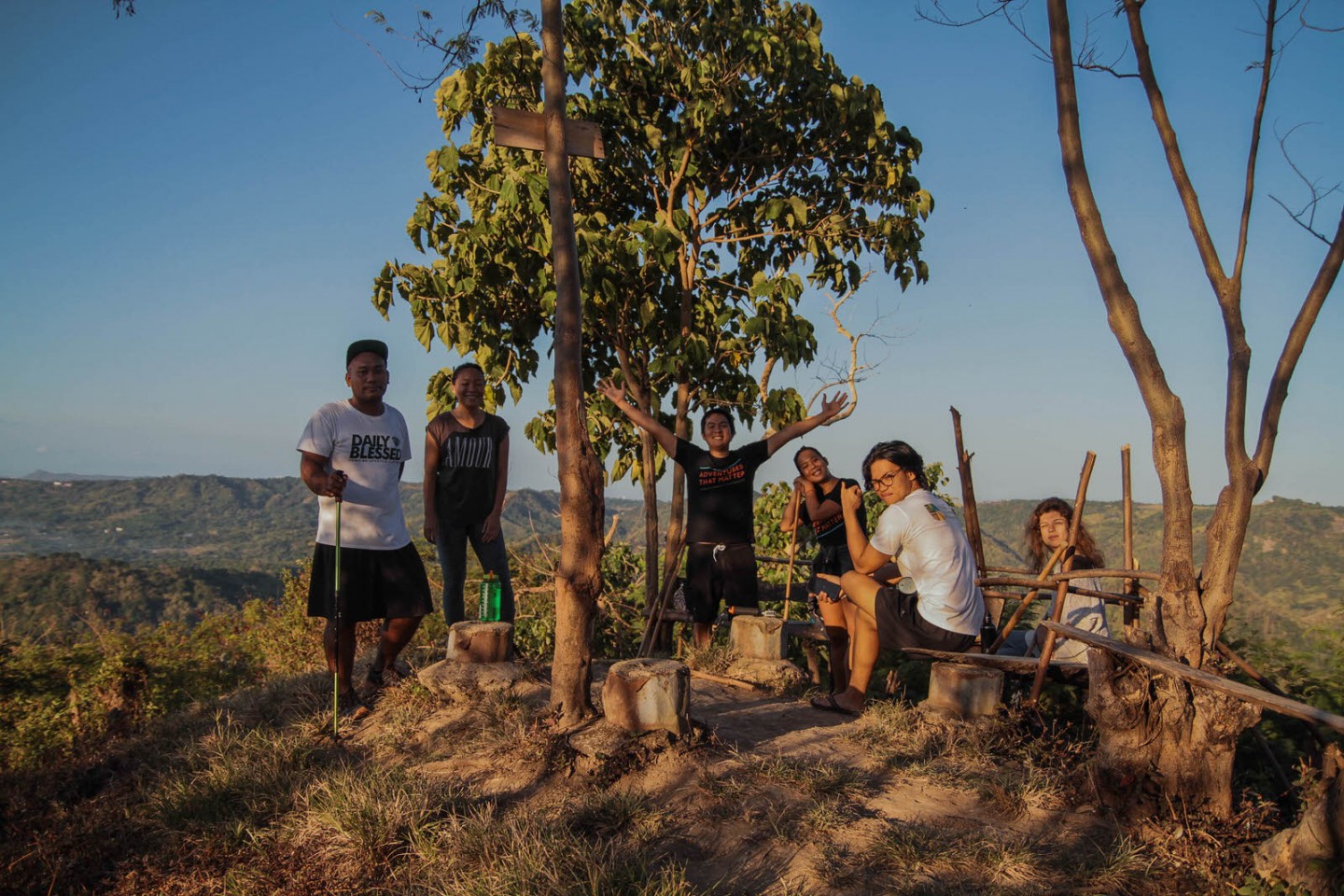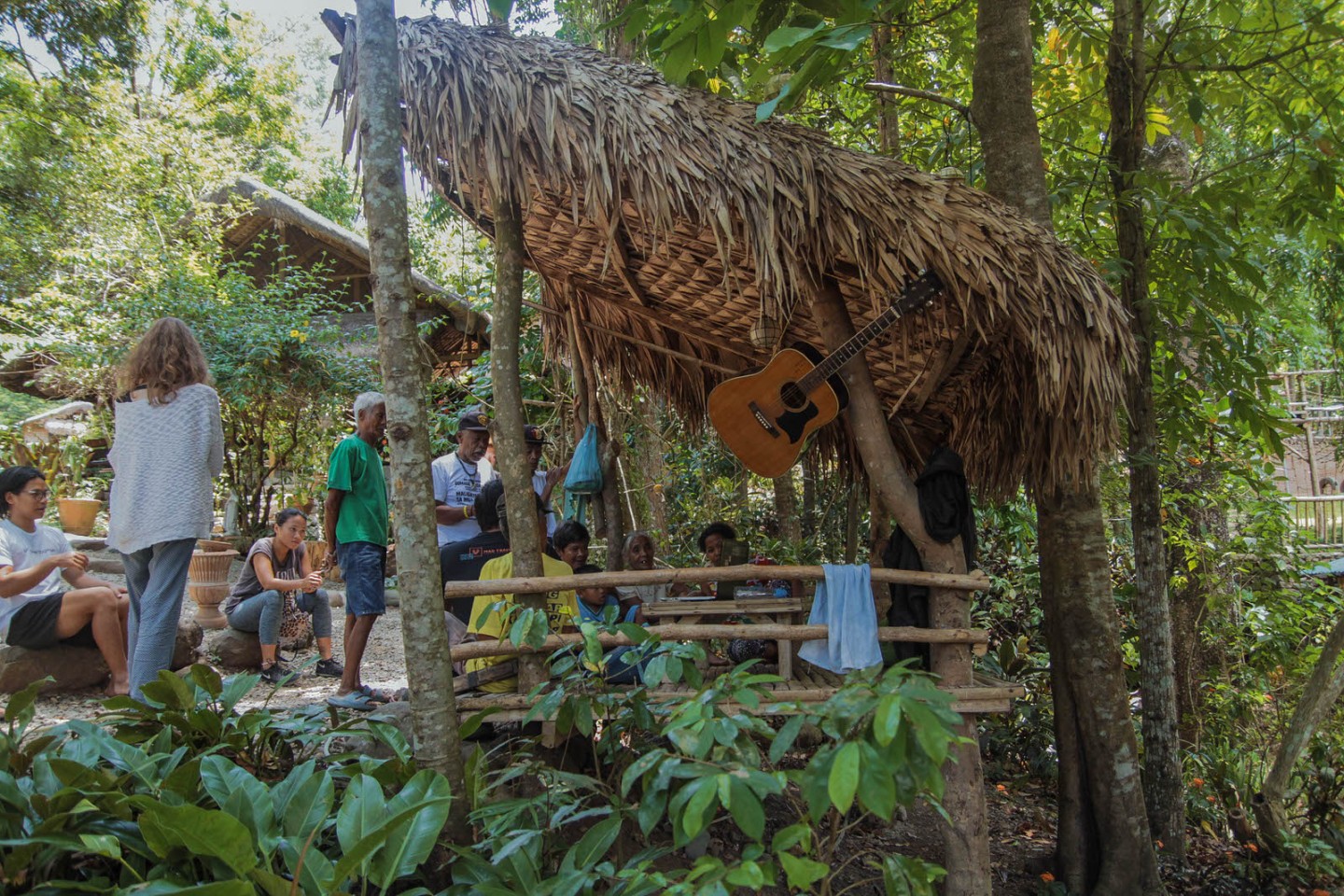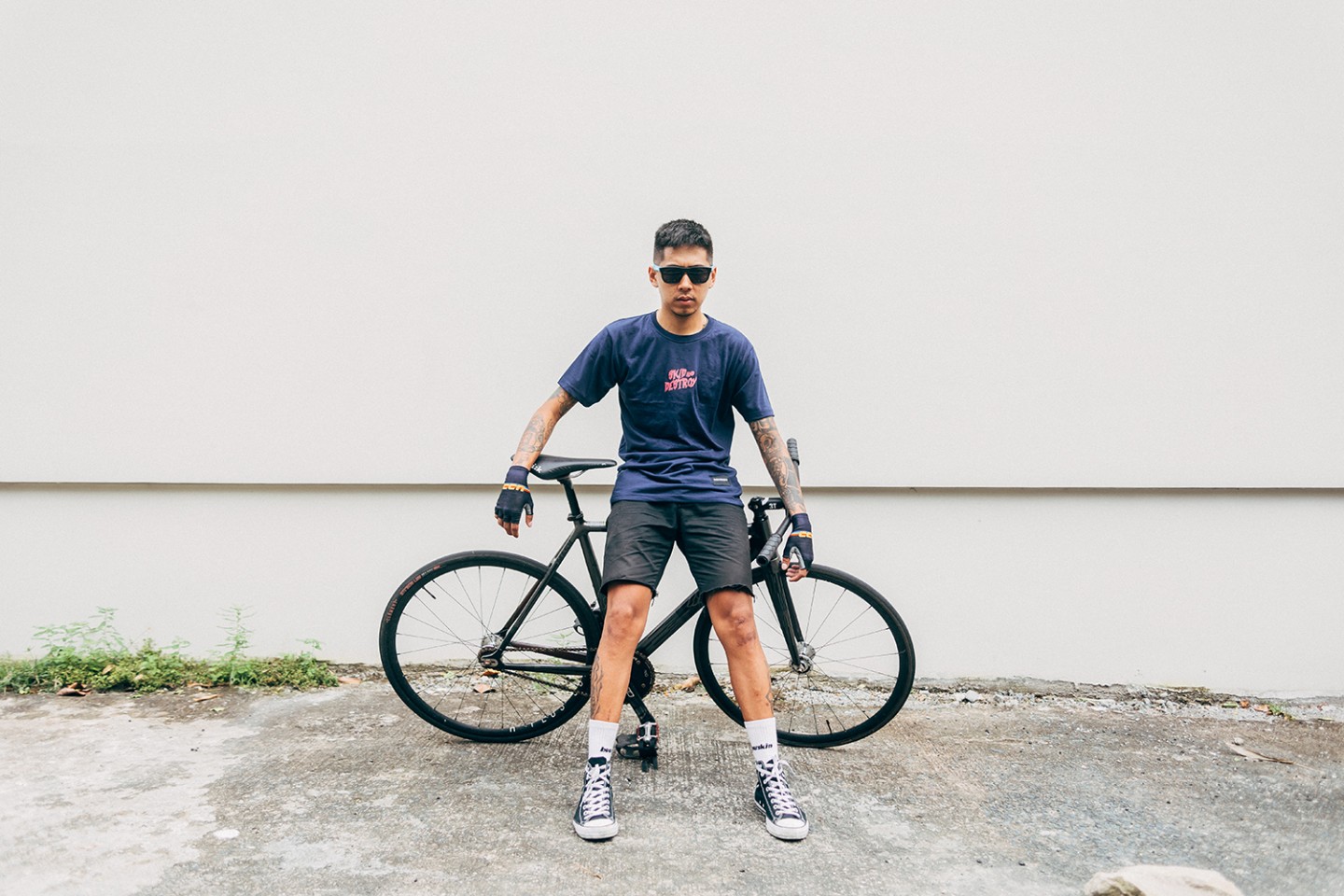
We’ve seen how travel has changed in the last decade — the rise of low-cost airlines, more affordable options for accommodations, the heavy influence of social media fanning the flames for everyone’s wanderlust, and technology and connectivity changing the game and making everything — one click away.
The rise in tourism the past couple of years sprung an economy — from independent hotels, small-scale restaurants, to tour guides, among others. But this served as a double-edged sword. While this definitely helped boost the economy, hasty treatment towards these tourist spots could affect the environment in more ways than one.
Luckily, entrepreneurs, businesses, even travelers saw this need to act responsibly and shifted to a more sustainable approach — eco-tourism. We had a conversation with Raf Dionisio — co-owner of MAD Travel, Circle Hostel, and MAD Market — as he shared MAD’s purpose, and how tourism can positively impact not only the environment, but also the perspective of the travelers and the communities that they work with.
Tell us about MAD. How did it start and what was the goal?
MAD started actually out of a volunteer experience in GK Enchanted Farm in Angat, Bulacan. MAD means Make A Difference. I was very inspired by the people that I had met, who mentored me, for showing me that it is possible to end poverty through the power of kindness and bringing excellence to those who have the least. The goal really was to end poverty with MAD, and to do it in a fulfilling way.
The goal didn’t change, but it widened in definition as we went along. Through Circle, we were able to help set up Tribes & Treks in Zambales. I also met a couple of people in Mindanao from Hineleban Foundation and they were very helpful in providing a bigger perspective in showing that poverty just doesn’t mean money in your pocket. It also means poverty of our environment. Poverty in our mindset is also a problem, as well as poverty of opportunity.
What inspired you to launch businesses that promote sustainability and ecotourism?
I’ve always loved to travel, and as I traveled, I fell in love with the country. Sustainability came much later. I admit I really didn’t have an idea of what this was back then. I just began to learn about it as we were going along, seeing that there are things in business that we really have to account for like air, carbon, water, plastic pollution, energy consumption, etc.
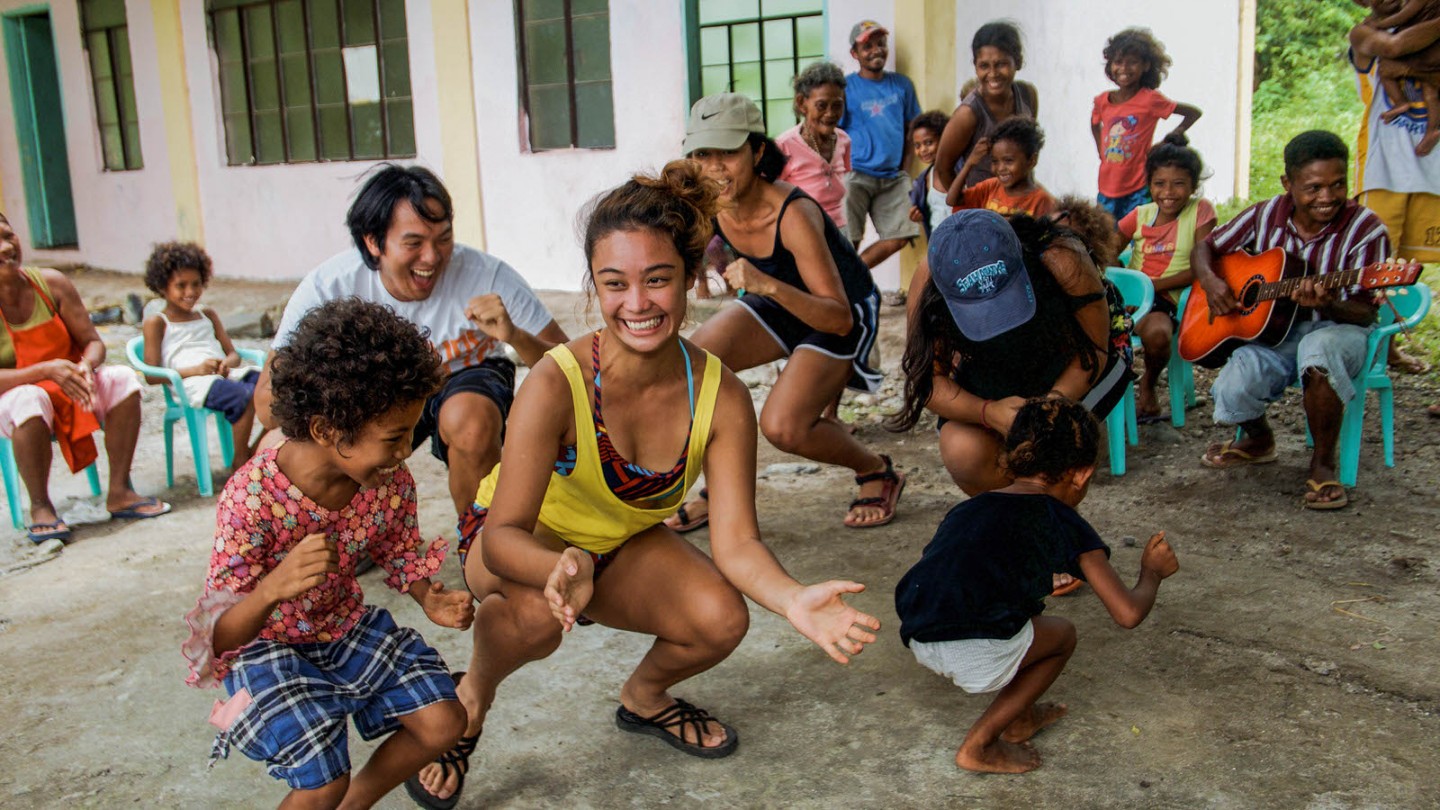
What is sustainability for you?
It’s long term. When I say long term, it’s beyond your life span. The dictionary definition does a pretty good job: making decisions today while thinking of future generations in mind, especially for our resources.
One story that really helps give cadence to sustainability is when we just started the program with the Aetas and we ran our first tour, we were supposed to pay Chief Ten and the community a few thousand pesos, and Chief Ten said no. I asked him why. He said, “Kung bigyan mo ko ng pera baka magamit ko lang sa load, sigarilyo o sa kape. Hindi naman yan papakinabangan ng community, mauubos agad.” (If you give me cash, I might just use it for phone credits, cigarettes, or coffee. Those things will not benefit the entire community and is fleeting).
I felt bad that he didn’t want money and that the whole point of working with them is to bring some sort of economy to them. He simply said, “Kung babalik ka naman tignan mo tong lupain ng ninuno namin. 3,000 hectares pero nakatiwangwang. Kung babalik ka, magdala ka ng buto at binhi. Kasi yung buto at binhi kahit nakawin, itatanim pa rin yan, at makikinabang ang aking anak, ang aking apo.” (If you decide to come back here, bring us seeds. Look at this land; we have a wild expanse of land that we inherited from our ancestors, but it lies there untouched. Give us seeds so we can plant it, and my children and their children can benefit).
He was poor by normal standards, and yet he made a decision that he thought was better for the future of his children and grandchildren. That’s sustainable-thinking.
It is noticeable that the MAD brand is focused on community-based tourism, what made you decide to go this route and how is it working so far?
Community-based tourism is definitely the way that we wanted to go because the whole point of MAD is to connect the city and the countryside so they can learn from, add value to, and partner with each other. We hope that the tour breaks down a certain bias, and it educates everybody so that they come as guests, but they leave as friends. The future of the country has really been in the countryside, and that’s why we wanted to work with communities, especially small farmers. It’s gone pretty well. The trips bring lessons in life. They’re fun but they also hit the heart in that way.
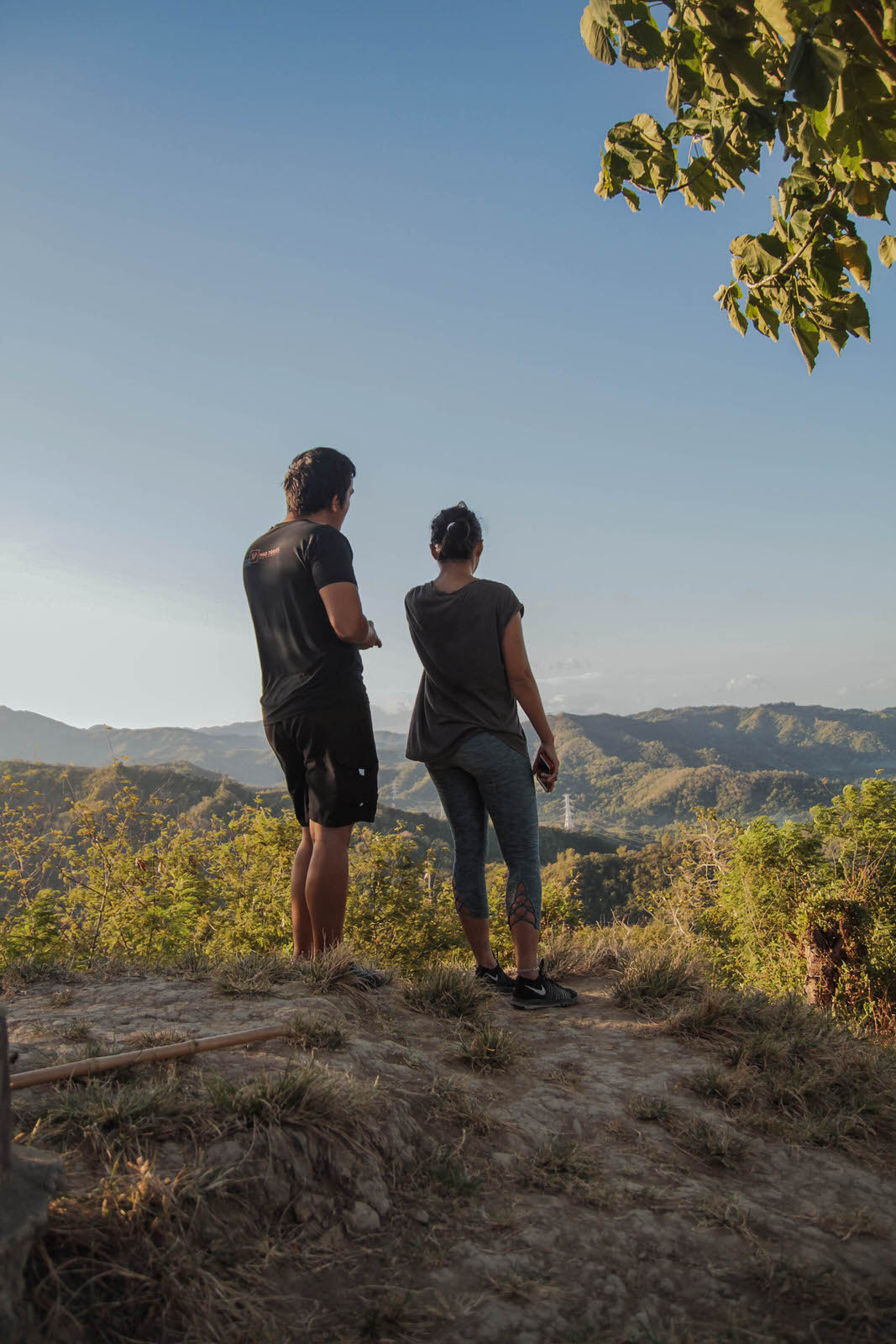
Aside from championing travel, you recently introduced MAD Market too. Tell us more about it.
Our mission is to help end poverty of people and planet, and you do that by giving opportunities. We saw it through tourism and agri-tourism. Since tourism is hardly possible, agriculture is more important than ever. The MAD market is a response to the coronavirus situation where we work with as many communities as possible. Admittedly, there are so many communities in the past that we couldn’t work with because they are just too far for guests to travel to regularly.
Since we’re focusing on agriculture, we know that it’s more product based. And each product tell a different story, and our goal is to bring these stories to life and educate others. Bringing these stories to life is important in bridging the gap between producer and consumer. Farmers don’t have that. They produce crops and products, but nobody really tries to generate demand for them. What’s worse is that, these goods are perishable, so we work with them and guide them on the types of goods that the market is looking for to ensure that whatever they produce, there would be a demand for it. Similarly, we want to educate consumers on the plethora of local products that we have.
The whole point is to build a platform of nurturing relationships — translating what we do in MAD Travel, but this time it’s the relationship of Filipino households and the community.
One of the programs that MAD Travel offers is Tribes & Treks, where volunteers can interact with the Yangil Tribe in Zambales and plant trees to build a rainforest. What has changed in the community since you started the project, and how has this positively changed the perspective of each traveler that joins this tour, or any other tours offered by MAD Travel?
Tribes & Treks was formed by Circle Hostel team and ran by the MAD travel team, so it’s a joint collaboration. So far, we’ve planted about 40,000 trees. There’s a mini forest already with fruits and vegetables.
It also changed the mindset of the community in a sense because when we first came there, a lot of people would just ask for donations — maybe because they saw that we came from a different background and assumed that we would never be back. But through the repeated visits, we gave them opportunities to earn by creating things of value like bamboo straws, bamboo cups, their honey, their fruits and vegetables. People started to sell their creations, which I think is a great thing. It’s really a fruitful tour because we’re trying to build a forest in a middle of a desert-like area that was destroyed by Pinatubo.
In terms of changing the perspective of the traveler, we’ve had some pretty amazing responses. The ones I really remember is from a friend, Issa Barte, who put up her own NGO, For The Future, previously known as Fund The Forest. There are new initiatives that come out of this tour.
I guess the biggest takeaways I had can be summarized in three things. One is that idle land is a land of opportunity. Second, forest is connected to water which is connected to agriculture which is connected to our security. Third is about connection to people. We should connect with these people not as benefactors and beneficiaries, but as friends. Too often we fall into those roles of “I’m a benefactor, I’ll give you something”, or “I’m the beneficiary, give me something.” But I’d like to change that. Because if you’re really friends, you can create value together. And one of the elders in Bataan told me this upfront when I started working with them, “Sir kung pupunta ka dito at sasabihin mong may ibibigay ka at wala kang hihingin na kapalit, parang hindi ako maniniwala. Kasi magsasawa ka rin eh. Ayoko ng ganun, gusto ko yung may pakinabang tayong dalawa.” (Sir, if you’re going here to tell us that you’re giving us something without expecting anything in return, I wouldn’t believe you. You will eventually get tired doing it, so I want it to be mutual.) It’s a partnership of mutual value.

From eco-bricking to building a rainforest, where do you think sustainable tourism is headed?
I think tourism is going to be more regenerative because honestly, there’s not much to sustain. The Philippine fishery, for example, most of it already has plastic, so that’s bad. Our fisheries are overfished, and they were eating into the stock. It’s a sunset industry. Our forestry industry, we used to be 70% forest in the 1900s and now it’s less than 3%, so what’s there to sustain? You have to regenerate it. There’s no choice. The soils we have, severely degraded because there are no trees to protect it from the sun, it’s always burning, and there’s a lot of erosion in the culture. And also the value system that prevails today in the Philippines really needs a lot of work.
It’s not about sustainability, it’s about regenerating things to the level where they become sustainable again. I think tourism will have to move in that way. The more people think that way, the more consumers can hold tourism practitioners accountable for the money they spend. And not just tourism, but also producers of food and other products and services. I think tourism is also, unfortunately, not going to be so mass-friendly. This is going to get expensive because the coronavirus situation will be here for quite some time.
As an entrepreneur, do you think it is a responsibility to create values that would affect different stakeholders?
I would say that my responsibility to create values is definitely present in my business. But I want to take it a step back and a step further and really say that as a citizen of the Philippines and as a human being in this world, it is my responsibility to create values that would positively affect different stakeholders. Values like long-term thinking, respect, inclusiveness, openness to learn, honesty, authenticity, accountability — these are things that we really have to do. I think we need more of that. Because sometimes people are just looking for something to fix up the mess. But I think what they don’t understand is that they, too, are part of it.
There’s a large movement now of people saying, “Hey show up, vote, register, because we need the government to get better.” That’s all true, the government could be a lot better. But we have to understand that we vote everyday. We vote with every peso we spend. That’s a vote towards the values of a business, how they pay their employees, and how they treat the environment. You vote everyday, and we better think about it more carefully, not just every 3 or 6 years.
It’s a question I will answer as a citizen, who just happened to be an entrepreneur. And I hope more people can do that. That’s actually one of the things I hope that people who come on our tours pick up along the way. There’s a big value system connected to sustainability. You can’t say “I’m sustainable” and make short-sighted decisions right after. It’s not that way, it has to be connected.
What are you looking forward to with MAD?
We would still like to build a rainforest. Not just in San Felipe, Zambales, but across the country. That is my life’s dream. And I would want to make sure that our country is free from water woe and from food security issues. When you remember my name RAF, it’s Regenerative, Agriculture, and Forestry.




